Beauty Break: When Almodóvar met Alcaine
 Saturday, April 13, 2024 at 10:00AM
Saturday, April 13, 2024 at 10:00AM Starting yesterday, Strange Way of Life is streaming on Netflix. To commemorate the occasion, I thought about diving into the collaboration between Pedro Almodóvar and cinematographer José Luis Alcaine, a recurring creative partner since they filmed Women on the Verge of a Nervous Breakdown back in the late 80s. Even though I had issues with the short film, its lensing wasn't one of them. Indeed, playing with Western iconography and Saint Laurent fashions, Strange Way of Life is as visually enchanting as one would expect from something bearing the Spanish auteur's signature. When everything else fails, Alcaine creates hyper-artificial frames, popping with bright colors and luster…
Born on December 26th, 1938, in Tangiers, José Luis Alcaine went on to study fine arts at the San Fernando Academy. After his education, he'd find work in small cinematic projects by up-and-coming directors, starting in the mid-60s, before finding further opportunities on the nascent scene of Spanish television. In the following decade, as he expanded the scope of his achievements, it's said Alcaine was one of the first cinematographers to use fluorescent tubes as key lighting, further developing the technique for cinema. Always open to technological advancement, he easily made the transition from celluloid to digital in the new millennium and, at 85 years of age, still seems open to developing his style.
Across over half a century of film history, countless genres and registers, and over a hundred film credits, Alcaine has worked with some of the most important Spanish artists to emerge in the post-Franco era. He even managed to dip his toes into international cinema in his old age. The list of directors whom Alcaine has worked with is as extensive as it is impressive, encompassing such names as Victor Eríce, Carlos Saura, Bigas Luna, Fernando Trueba, Brian De Palma, and Asghar Farhadi. But of course, we're here to discuss his collaborations with Pedro Almodóvar, an assortment of eight features and two short films that range from the 1988 Oscar nominee to their latest Netflix-bound amuse bouche about middle-aged gay cowboys.
When lighting a face, the goal is simple – to make visible the emotions of the actor or actress is trying to convey.
José Luis Alcaine and Pedro Almodóvar share a love of classic melodrama, honing on the way actresses were shot like glamour goddesses once upon a time. For their films together, Alcaine tried to recapture some of that erstwhile quality. That's why he avoids wide-angle lenses, for they distort the landscape of the face, and tries to use deep focus to always contextualize his stars within the colorful décor. These predilections are on full display in their first collaborations, with Almodóvar's nervous women on a plane of existence that's somewhat separated from material reality. Their world is similarly stylized, with skylines lit in old-school fashion to invoke an impression of the cosmos bent to the melodrama's emotions.
Tie Me Up! Tie Me Down! took this approach to a garish extreme, bringing to mind another of the DP's passions – painting. One can sense the love for compositional precision in his work, how colors glow on screen and form a complete picture that's always a step above raw realism. It's not surreal or fantastic, though, maintaining a grounded nature that makes Almodóvar's provocations feel all the more transgressive. But after that film, it'd take more than a decade before the two cineastes joined forces once more. Alcaine has described their 14-year gap between projects as a divorce of sorts, though there were no objections to their reunion for Bad Education. There, the DP got to play with aspect ratios and make his most overt homage to film noir.
The intersection of reality and fakery leans toward fact in Volver, where phantasmagoria holds hands with a blood-soaked drama. Certain shots recall the great Italian films that made Sophia Loren an international star, while the rhyming reds of food, fashion, and corpses make for a memorable visual poem. For The Skin I Live In, Alcaine and Almodóvar went further into their genre-hopping games, flirting with sordid horror before dancing with romanticism and finishing in another noir-ish gesture. In productions like that, Alcaine will purposefully avoid over-planning, deciding how to shoot each scene on the day, making for an intuitive process. The stories' volatility reflected in the cinematographer's touch.
The memories of a youth spent in Tangiers have informed how he considers lights traverse through a space. Notice how he'll often bounce sunbeams on the architecture, even using the floor as a reflector. Such elegance is present even when Alcaine and Almodóvar go off the rails into a "straight" farce, like in I'm So Excited. Consider the aftermath of a cocktail-induced sex frenzy when sunlight penetrates the cabin, painting molten gold over the characters, their sensual bodies, and beautiful faces. Even the close-up of an erection can have some of that luminosity. Then again, such shots may have more value for this DP than a more overt display of photographic loveliness. He's said in interviews that pretty frames of sunsets have little narrative value.
Thus, his work tends to be more bent toward the actor's expression rather than the landscape's grandeur. The artist's preference is especially apparent in his latest collaborations with Almodóvar when the director's melodramas enter the digital age of filmmaking. Alcaine will play with 360 open shutters and exceedingly high ISO for interior shots with mostly still actors. This helps create the impression of an overexposed foreground, where bodies are bright but not overtly lit, devoid of deep shadows to the point they seem green-screened onto the background. Such separation of planes feels highly artificial and, coupled with static blocking, results in a sort of theatrical presentation, the frame a proscenium.
The technique is especially apparent in Parallel Mothers with its razor-sharp images or Strange Way of Life's flattening locations until they look like studio-bound sets complete with cyclorama-like vistas. That latter flick also reveals Alcaine's revolt against alienation. Though theatrical, his Almodóvar collaborations strive for audience immersion, promoting an emotional exchange between audience and characters on screen. To facilitate these silent conversations, the DP will avoid things like the period specificity of candlelight. Instead, he'll flood the nighttime rooms with light and block out the flame's halo. It's a deliberate way of situating the historical past in the spectator's present, removing barriers and reaching out. That is the genius of José Luis Alcaine, without whom the cinema of Pedro Almodóvar would be much poorer.
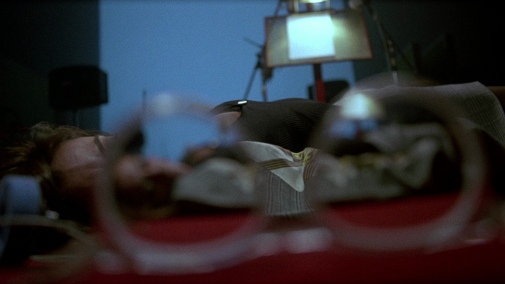
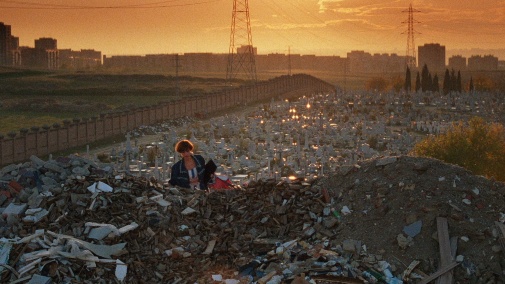
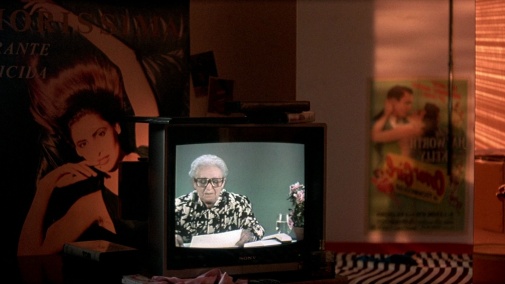
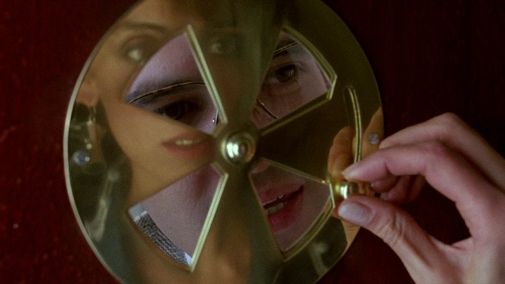
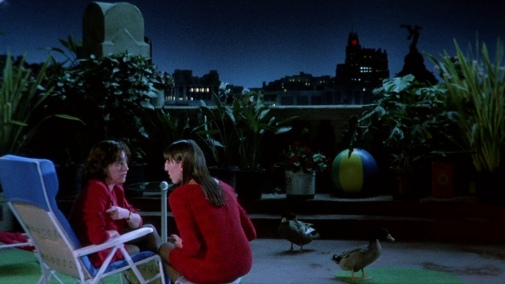
WOMEN ON THE VERGE OF A NERVOUS BREAKDOWN (1988)
Women on the Verge of a Nervous Breakdown is available to rent and purchase on Apple TV, Amazon, VUDU, and the Microsoft Store.
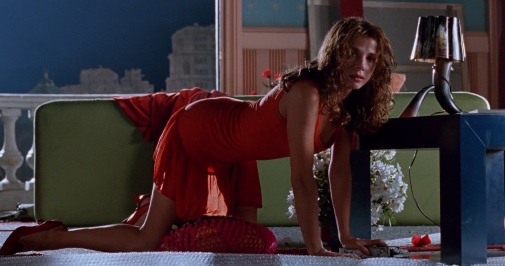
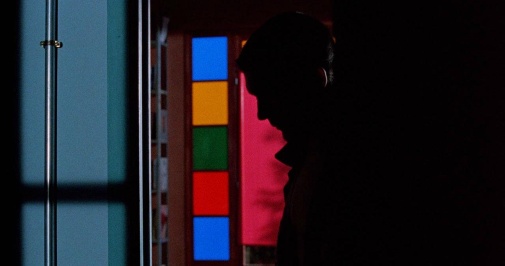
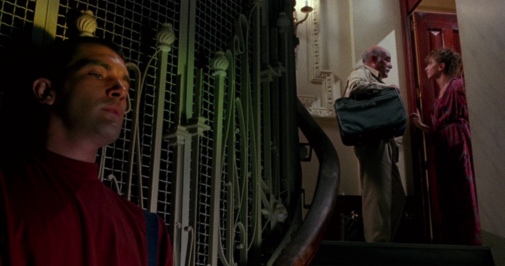
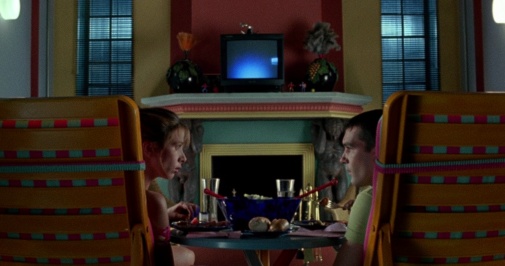
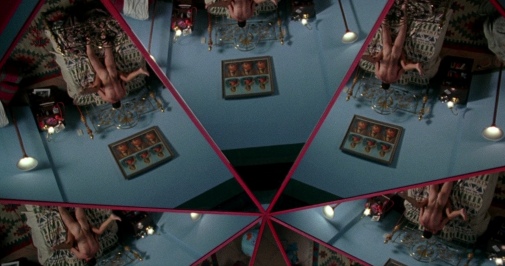
TIE ME UP! TIE ME DOWN! (1989)
Tie Me Up! Tie Me Down! is streaming on Max and the Criterion Channel. You can also rent and buy it on Amazon and Apple TV.
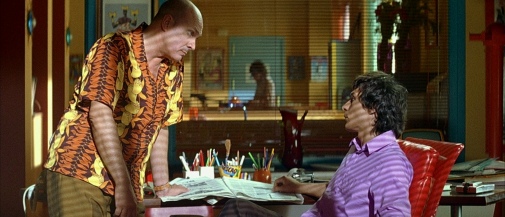
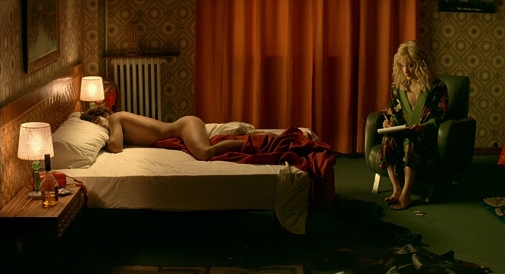
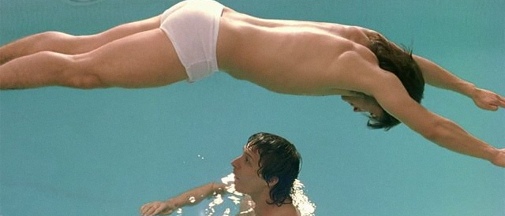
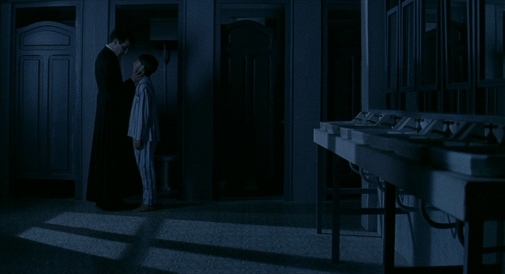
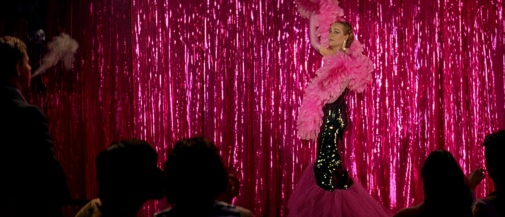
BAD EDUCATION (2004)
Bad Education is streaming on Max. It's also available to rent and purchase on Apple TV, Amazon, Google Play, YouTube, and VUDU.

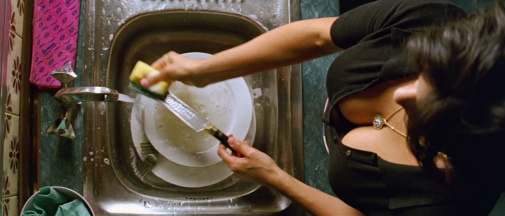
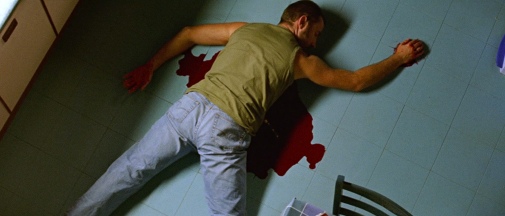
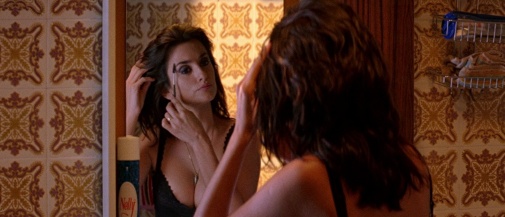
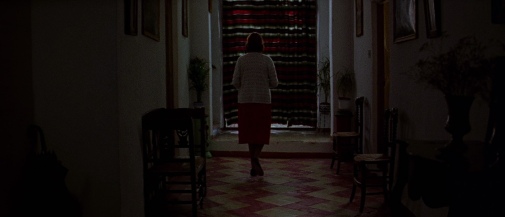
VOLVER (2006)
Volver is available to rent and purchase on Apple TV, Amazon, Google Play, YouTube, and VUDU.
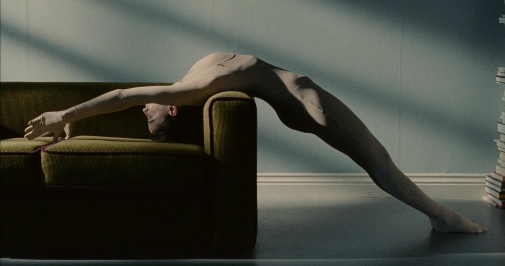
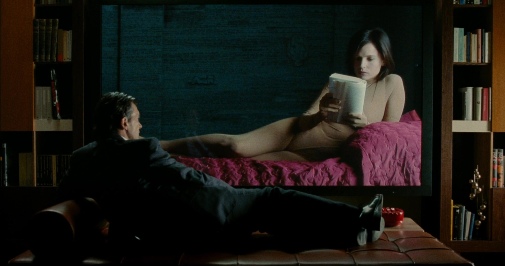
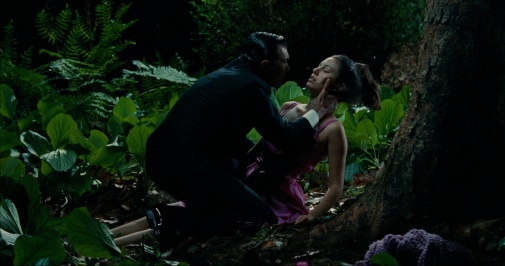
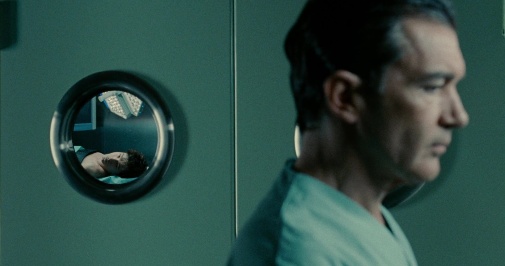

THE SKIN I LIVE IN (2011)
The Skin I Live In is available to rent and purchase on Apple TV, Amazon, Google Play, YouTube, and the Microsoft Store.
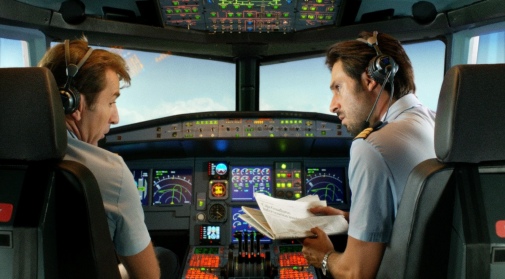
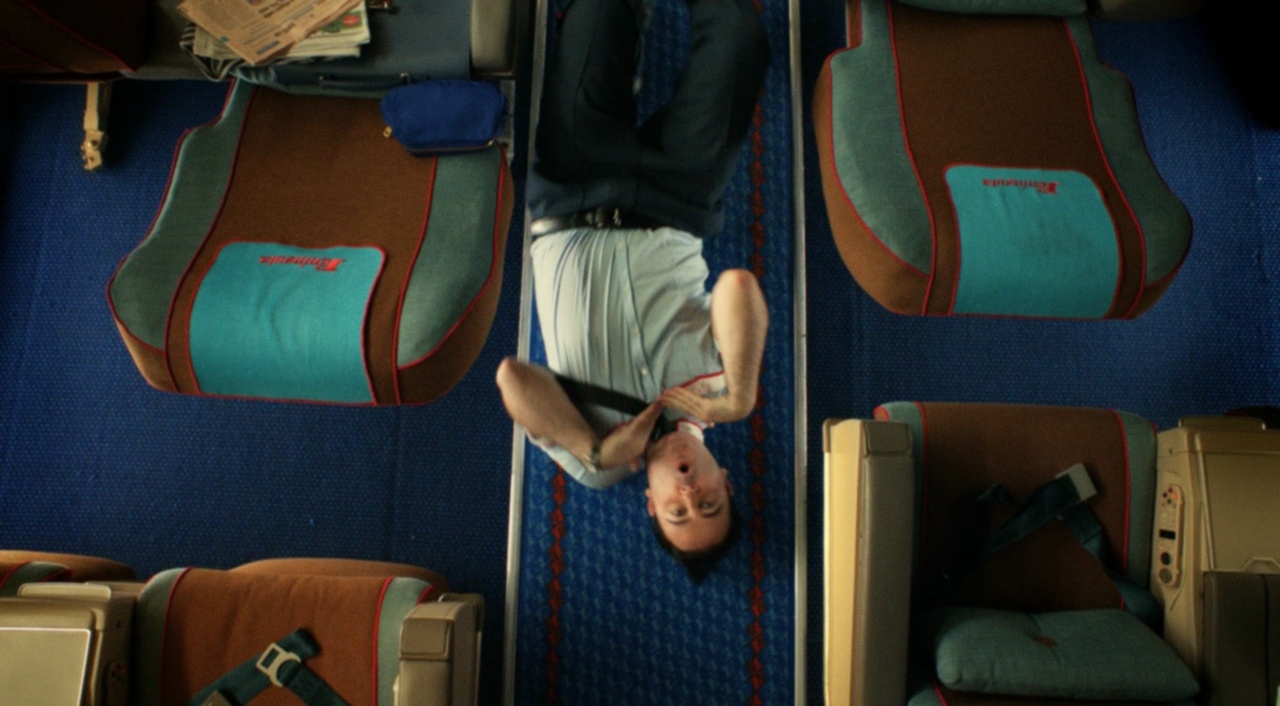
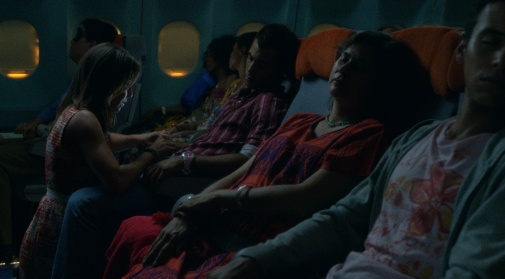
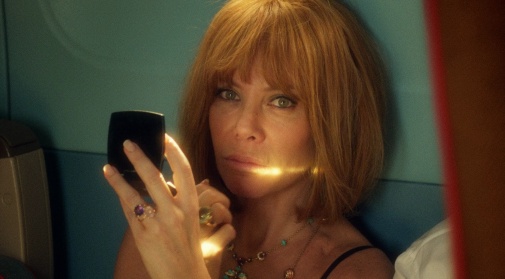
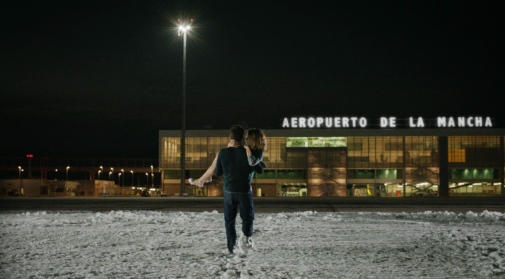
I'M SO EXCITED! (2013)
I'm So Excited! is available to rent and purchase on Apple TV, Amazon, Google Play, YouTube, and VUDU.
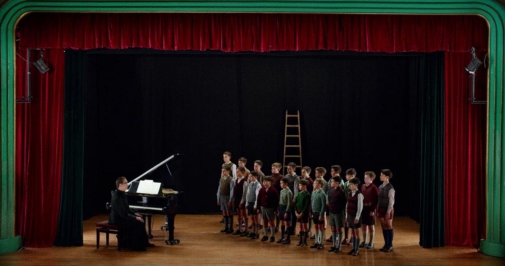
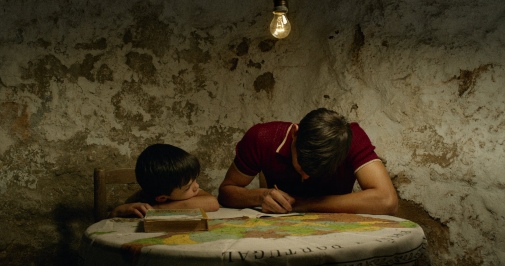
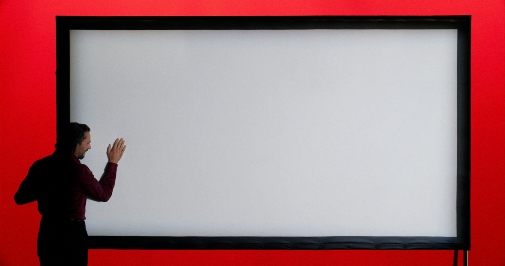
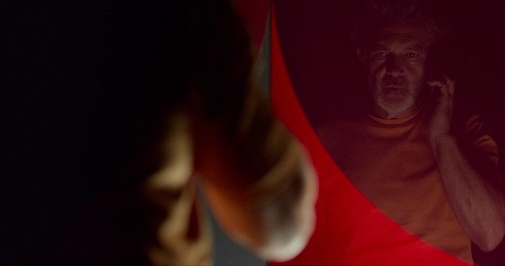
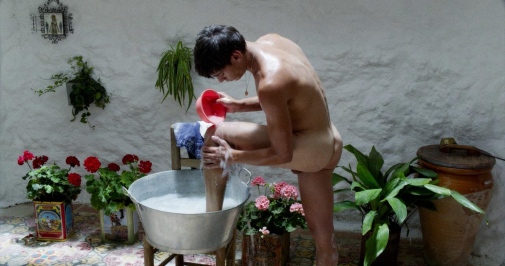
PAIN AND GLORY (2019)
Pain and Glory is streaming on Starz. You can also rent and buy it on Apple TV, Amazon, Google Play, YouTube, and VUDU.
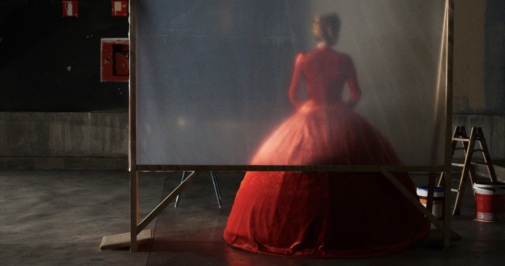
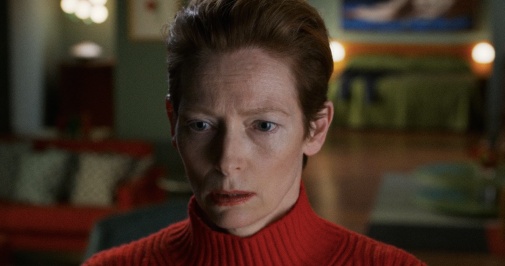
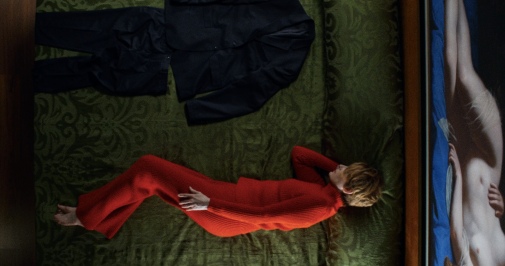
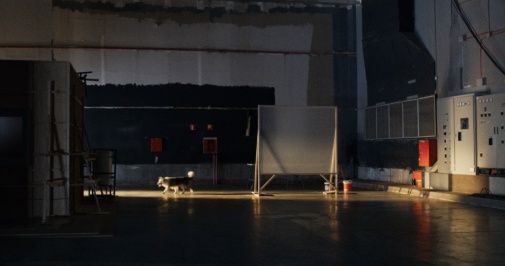
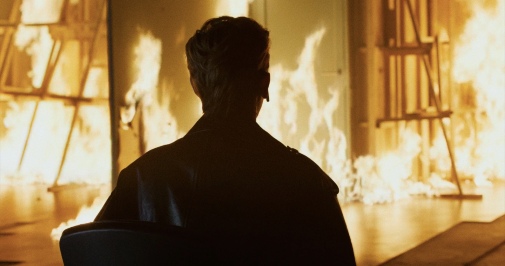
THE HUMAN VOICE (2020)
Sadly, The Human Voice isn't currently streaming anywhere.
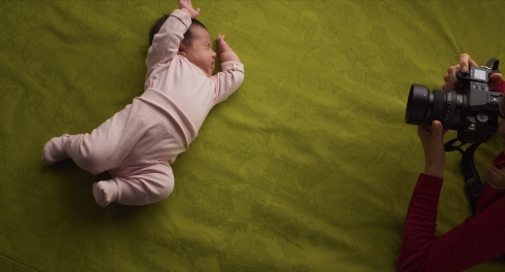
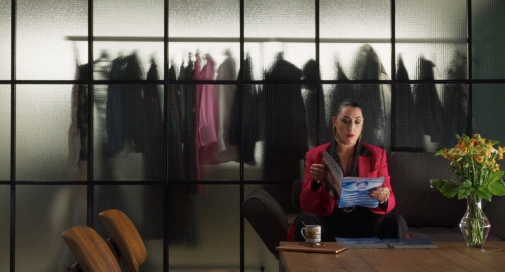
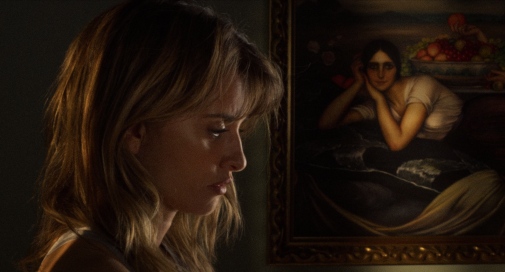
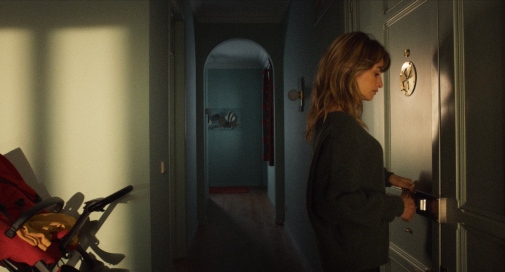
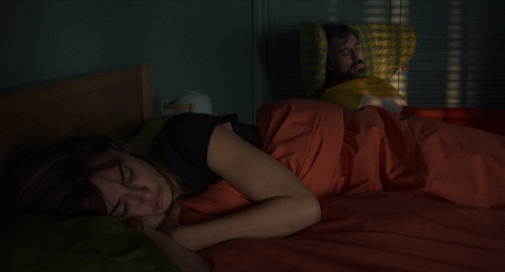
PARALLEL MOTHERS (2021)
Parallel Mothers is streaming on Starz. You can also rent and purchase it on Apple TV, Amazon, Google Play, YouTube, and VUDU.
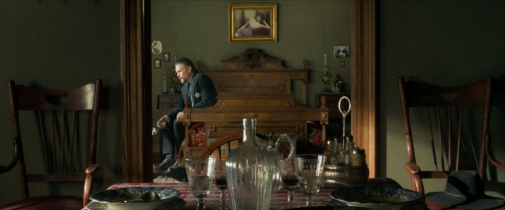
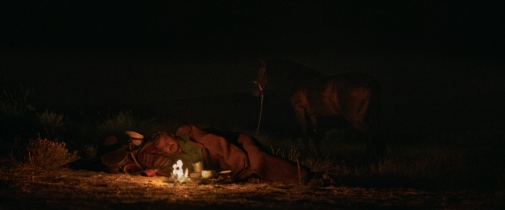
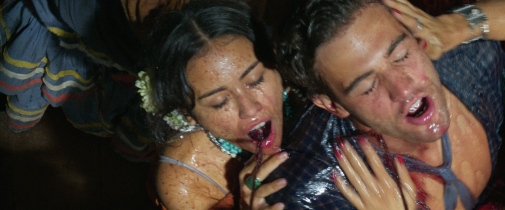
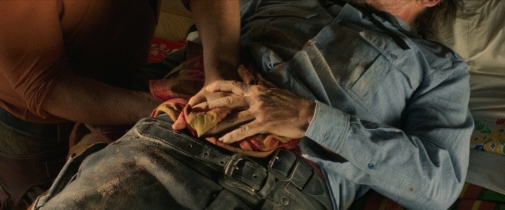
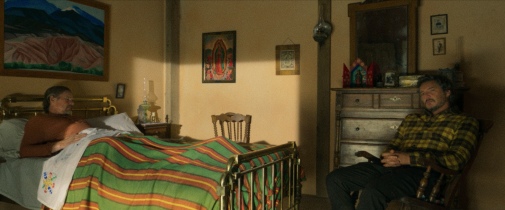
STRANGE WAY OF LIFE (2023)
Strange Way of Life is streaming on Netflix. It's also available for purchase on Apple TV, Amazon, Google Play, YouTube, VUDU, and the Microsoft Store.
What's your favorite collaboration between Almodóvar and Alcaine?




Reader Comments (2)
Pain and Glory - so lush and rich and lived in. Although Bad Education is great at looking like a specific, often sunny noir.
For me, it would be The Skin I Live In while I have a soft spot for I'm So Excited! as that was a fun film from start to finish as that was Almodovar wanting to lighten up, have fun, and not give a fuck about any reaction as it looked like a film where everyone was having fun.